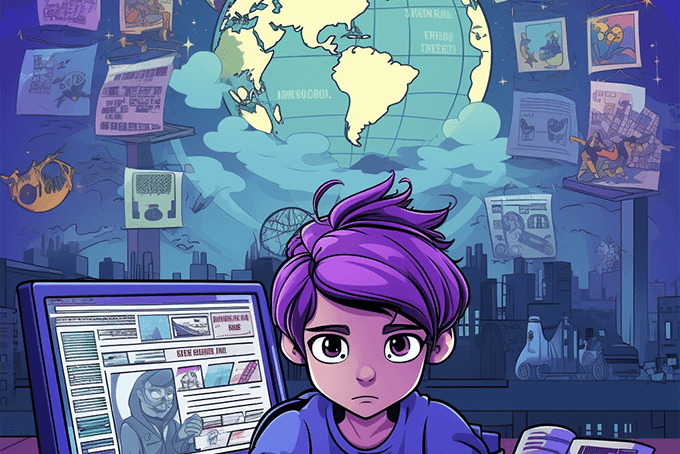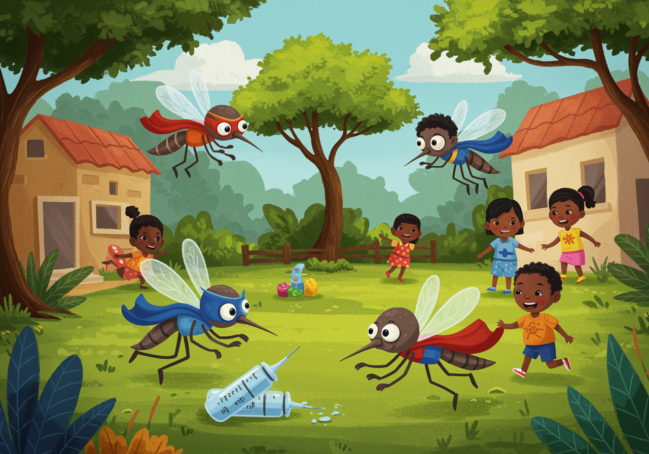Unlike many current events discussions, which can seem relatively abstract to kids, one that hits close to home centers on race issues.
Even young children may see instances of racial tension occurring in real-life situations, making it an important topic to delve into during your dinnertime discussions.
But how do you talk about something so sensitive with your children?
The Background
There’s been countless amounts of research looking at topics pertaining to everything from unintentional racism, to blatant racial issues. One of the most recent areas of discussion deals with something even more challenging: subtle racism.
So what constitutes subtle racism? While racism tends to be more overt and aggressive forms of discrimination or stereotyping because of race, subtle racism, also known as institutional racism, tends to manifest itself in the form of ignoring people because of race, or behaving different in the presence of someone of a different race, that you normally would.
We think of colleges and universities as hubs of forward thinking ideals and open-mindedness, right?
Well, interviews with students and faculty at the University of Michigan-Ann Arbor painted a different picture.
You may think your children are growing up in a post-racial society, where everyone lives harmoniously, but researchers found racism still exists, it just manifests itself differently.
The interviews found many instances of racism and racial tension, but the perpetrators often weren’t intentionally participating in these behaviors—in fact, they often didn’t even realize it. On the campus, the number of complaints related to both ethnicity and race rose from 555 to 860, between 2009 and 2013.
These more subtle forms of insensitivity weren’t just found on the Michigan campus. The article also sites universities including Dartmouth, and schools in Arizona and California.
Starting a Conversation
It may be difficult to broach the subject of racism with your kids, but start by having them take a look at their own life.
Ask them to assess their school and social interactions:
- What do you think race is?
- Do you view people of different skin colors as being different from you in other ways?
- Have you ever seen someone being treated differently because of their race?
- How about people not only at school, but your friends outside of school, including our neighbors?
- Talk about how your child sees interactions in his or her life—for example, do kids of the same race tend to sit together at lunchtime or primarily interact together on the playground when you’re at school?
- How would you react if you saw someone being treated differently because of their race?
- How would it feel to be treated differently for a reason such as the way you look?
By first asking your child these questions, it’s a good way to help create concrete examples of how these situations impact their own life.
After you begin the initial conversation, you can also bridge the concept of racism to larger realities—such as how seeing people as different from you can lead to hate crimes or other very serious situations.
Tips for Tackling a Tricky Subject
Unlike some of our other current events topics we feature, racism is one that you can begin talking about with even very young children.
Children as young as three or four begin noticing differences in race, and creating an open dialogue is the best way to help teach them about these differences.
A study in 2001 showed children as young as 30 months, when shown pictures of other children and asked who they would rather play with, chose kids of their own race. The reason? Children this young tend to categorize everything in their lives, and for them that’s most easily done based on appearances.
When talking to kids around the dinner table, keep the following in mind:
- Don’t be afraid to confront the situation head on, and answer questions openly and honestly. Kids, even young ones, are a lot more aware than you may think and this is the best way to have a meaningful discussion. When you avoid the topic, it gives kids the impression race is something wrong or taboo.
- Along with talking about the topic at dinnertime, there are lots of great movies and books that can also be used to help you and your child further explore the subject, so use them in conjunction with your dinner table talk.
- While issues of racism, both in the past and present should be covered, you should also find examples of people of different races working together.
- Emphasize the fact that people of different races are all people, and the same on the inside
Research continues to show that parents who discuss the topic of racism in its many forms are more likely to raise children who are racially sensitive and more tolerant. Are you comfortable bringing up the topic of race and racism with your children?
Ultimately, while it is a challenge, there are examples of places like South Africa, where while things may not be perfect, there are societies that have broken down racial barriers and eased racial tensions. Always help your children not only learn about race and how to address the issue, but also that there are lots of positive changes they can do to make an impact even on a small scale.
To finish on a happy note, watching these kids react to a controversial Cheerios commercial will give you faith in humanity.
What about you? How do you tackle this touchy subject?



